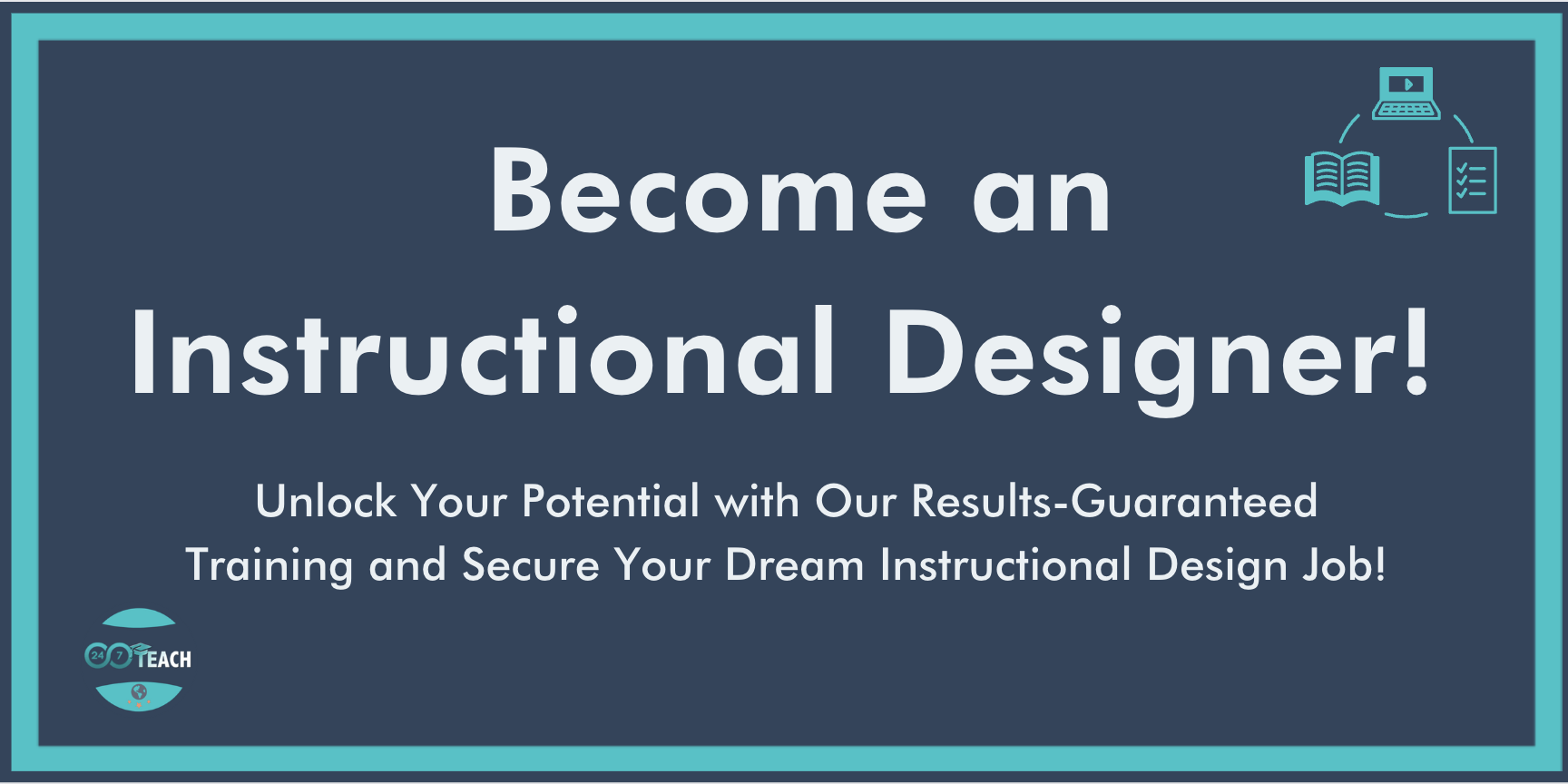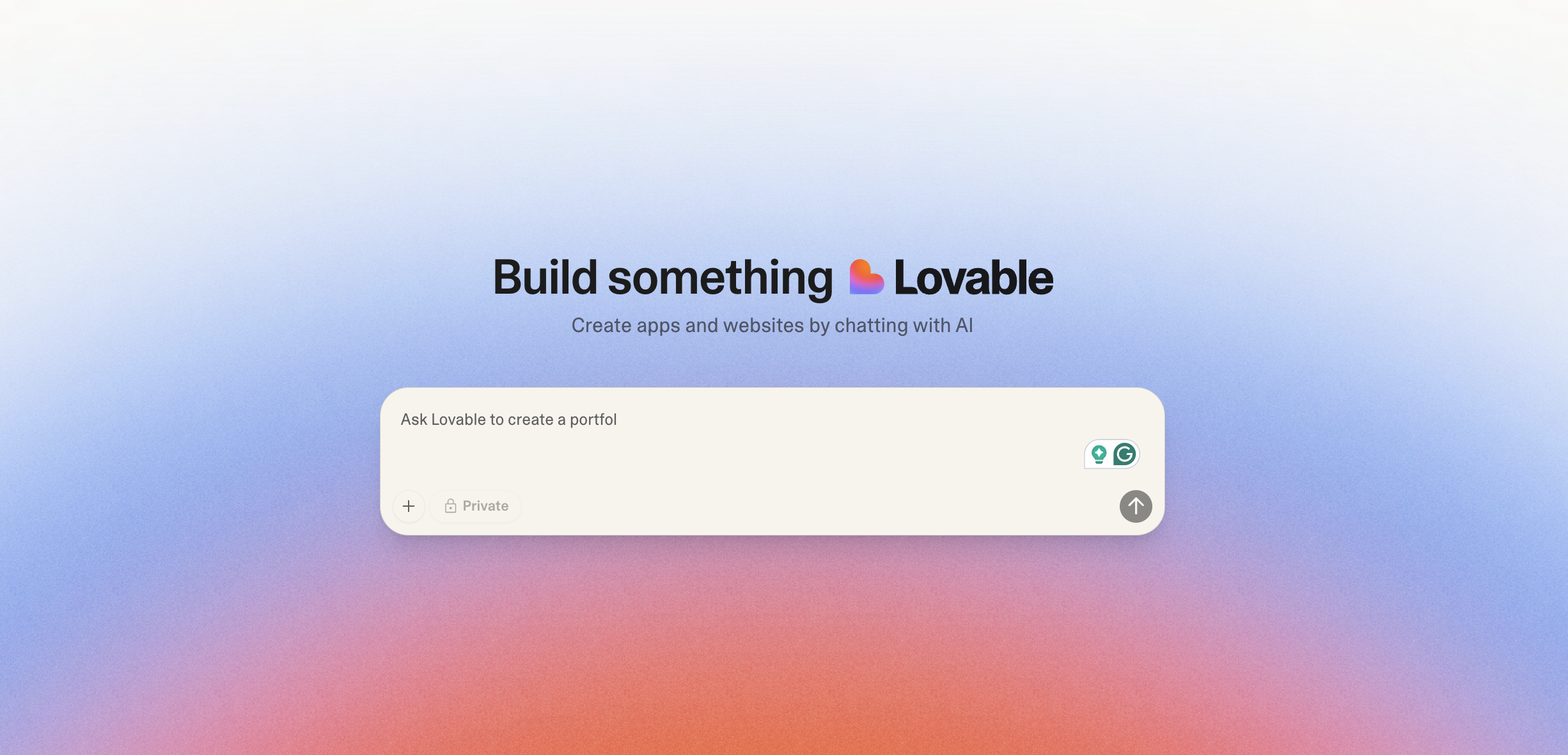Secrets to Dealing with Difficult Subject Matter Experts (SMEs) - Part 2
By Norberto Troncoso
Instructional Designer and Public Speaking Expert
Would you prefer to listen to this post? Click below.
Navigating SME Communication with Vulnerability,
Humility, and Persistence:
Subject Matter Experts (SMEs) are vital to instructional design success. Their expertise ensures content accuracy and relevance, but their personalities—whether overly busy, highly detailed, or resistant to change—can make collaboration intimidating.
To thrive, you need a map to navigate these relationships. By understanding who your SME is, how they approach you, and what they need, you’ll discover who, what, when, and how to communicate effectively. Let’s explore this map together.
Your Map for SME Success
The map has three key stages: Identify, Plan, and Act. At each stage, you’ll use targeted questions to guide your communication strategy and achieve results.
Stage 1: Identify - Who is Your SME?
Before you engage, assess the SMEs personality, communication style, and role in the project. Ask yourself:
Are they overly busy (short on time, limited responses)?
Are they overly detailed (focuses on minutiae, risks overloading learners)?
Are they resistant to change (prefer traditional methods, hesitant about new
approaches)?Are they too vague (unclear feedback, difficult to pin down expectations)?
These traits will determine your approach. Plot their type on your map to prepare.
Key Questions to Ask SMEs:
“What do I need to know about your process to support the learners?”
“How would you describe the biggest challenges learners face?”
“What’s your preferred way to collaborate—structured meetings, emails, or something else?”
Visual Cue on the Map:
Label the SMEs “territory” on the map—Busy, Detailed, Resistant, or Vague. This sets the stage for tailoring your strategy.
Stage 2: Plan - How Are You Approaching Them?
The Right Way to Communicate: Empathy and the 7/38/55 Rule
Effective communication with Subject Matter Experts (SMEs) isn’t just about transferring information and building trust, understanding, and collaboration. Here’s how adopting empathic communication and leveraging the 7/38/55 rule can transform your interactions with
SMEs.
Empathy in communication involves actively listening, understanding the SME’s perspective, and responding in a way that makes them feel valued. This approach is particularly vital when dealing with challenging SME personalities (Busy, Detailed, Resistant, Vague). Empathic
communication allows you to:
1. Build Trust: SMEs are more likely to engage and share insights when they feel
understood.
2. Resolve Conflict: Address concerns without defensiveness by acknowledging their
challenges and suggesting collaborative solutions.
3. Foster Collaboration: Show a genuine interest in their expertise, reinforcing the value of their input in achieving shared goals.
Empathy requires not only verbal affirmation but also keen attention to non-verbal cues and the tone of the conversation.
Understanding the 7/38/55 Rule
The 7/38/55 rule, introduced by Albert Mehrabian, highlights the impact of non-verbal communication in face-to-face interactions:
7% of communication is through words (what you say).
38% is through tone of voice (how you say it).
55% is through body language (what your gestures and expressions convey).
While the specific percentages may vary in context, the principle underscores the importance of aligning your verbal and non-verbal communication to reinforce your message.
Applying the Rule with SMEs
1. Words (7%): Use clear, concise language to avoid overwhelming Busy SMEs or Detailed SMEs. Tailor your language to resonate with the SME type you’re working with.
2. Tone (38%): Maintain a tone that conveys enthusiasm for their expertise, patience with Resistant SMEs, and reassurance for Vague SMEs.
3. Body Language (55%): Show attentiveness through eye contact, nodding, and open gestures. Avoid closed postures that may signal disinterest or impatience.
Practical Tips for Empathic Communication with SMEs
Listen Actively:
Reflect back on what the SME has shared to show you’re listening: “It sounds like you’re concerned about the impact of the timeline on accuracy. Let’s explore a middle ground.”
Validate Their Expertise:
Acknowledge their challenges: “Your experience with traditional methods has yielded great results. I think we can build on that while introducing this new approach.”
Match Communication Styles:
For Busy SMEs: Keep it brief and actionable.
For Detailed SMEs: Provide clarity without rushing.
For Resistant SMEs: Frame changes as enhancements rather than replacements.
For Vague SMEs: Focus on concrete outcomes to guide the discussion
Monitor and Adjust:
Watch for non-verbal cues like hesitation or enthusiasm to gauge their response and adapt your approach.
Next, determine how their personality and preferences influence their engagement. Are they responsive or distant? Do they value structure or flexibility? Your communication plan should align with their style.
Speaking Their Language: Why Sameness Matters
Effective communication with SMEs often hinges on your ability to "speak their language." This means aligning your terminology, tone, and approach with their preferences and expertise. Mirroring their communication style builds rapport and trust by creating a sense of sameness, which fosters mutual understanding.
Use Familiar Terms: If an SME uses technical jargon or industry-specific language, reflect that terminology in your discussions to show respect for their expertise. For instance, if they prefer "outcomes" to "objectives," adopt their phrasing.
Match Their Communication Style: Busy SMEs may appreciate concise summaries, while detailed SMEs value comprehensive discussions. Adapting your delivery demonstrates empathy and understanding of their needs.
Highlight Shared Goals: Reinforce alignment by emphasizing mutual priorities, such as learner success or project efficiency. This creates a shared sense of purpose that strengthens collaboration.
By speaking their language, you validate their expertise and create a collaborative dynamic that smooths even the most challenging interactions. Sameness isn’t about losing your voice—it’s about building bridges for better communication.
Key Questions to Guide Planning:
For Busy SMEs: “What’s the best way to fit this into your schedule? Could asynchronous feedback work?”
For Detailed SMEs: “Which points are most critical for learners? What can we include as supplemental resources?”
For Resistant SMEs: “What’s worked well in the past for presenting this
material? How can we build on that?”For Vague SMEs: “Could we focus on one specific area to clarify the goals for this module?”
Visual Cue on the Map: Draw “routes” from their territory to your goals—each route represents tailored strategies for communication and feedback.
Visual Cue on the Map:
Draw “routes” from their territory to your goals—each route represents tailored strategies for communication and feedback.
Stage 3: Act - What, When, and How Should You Communicate?
Now it’s time to act. Use vulnerability, humility, and persistence to ask for what you need and keep the project moving forward.
Actions Based on SME Personality:
Busy SMEs: Set clear timelines and send concise follow-ups. Example: “Could you review this by Friday? I’ve summarized key points for your convenience.”
Detailed SMEs: Focus on learner impact. Example: “This level of detail is valuable—could we make it a downloadable resource to simplify the main content?”
Resistant SMEs: Build on their trust with evidence. Example: “Learner feedback shows this approach improves engagement. Could we try a pilot?”
Vague SMEs: Narrow the scope. Example: “Let’s start with this section and revisit the broader goals later.”
Key Questions to Keep on Track:
“What’s the best way to get feedback by [specific date]?”
“What’s one change we can make today to move forward?”
“What do you think is the most important next step?”
Visual Cue on the Map:
Mark progress checkpoints on the route to the final goal. Celebrate each milestone with your SME.
Your Roadmap in Action
Here’s how the map works in a real scenario:
Scenario: You’re working with a resistant SME who prefers traditional methods over your learner-centric design. They push back on simplifications and new strategies.
How to Use the Map:
1. Identify: Place the SME in the “Resistant” territory on your map. They value tried-and-true methods.
2. Plan: Build a route that aligns with their perspective. Ask: “What’s worked best for you in the past? Could we adapt it slightly for today’s learners?”
3. Act: Use persistence to gain trust. Propose: “Could we pilot this simplified
version alongside your current approach to see which works better?”
Why This Map Works: The Success-Driven Approach
This map simplifies collaboration by helping you:
Identify the SMEs needs and challenges.
Plan communication strategies tailored to their style.
Act with confidence and adaptability to achieve shared goals.
You'll approach every SME relationship with clarity and purpose by breaking the process into clear stages and actionable steps.
Take Action Today
Here’s how to create and use your map:
1. Identify your SMEs traits. Busy, Detailed, Resistant, or Vague? Plot their
personality on your map.
2. Plan your route. Use targeted questions to determine what they need and how to collaborate effectively.
3. Act and adjust. Keep the conversation moving with vulnerability, humility, and persistence.
Remember, every SME has unique challenges, but with the right map, you can navigate any terrain. Let’s transform every SME interaction into a productive and rewarding partnership.
Discussion Assignment: Working with Subject Matter Experts (SMEs)
Join the conversation and participate with the 24/7 Instructional Design community by completing the discussion question and adding your answer in the comment section below:
Think about a time when you worked with a challenging Subject Matter Expert (SME) or a similarly complex collaborator. What communication strategies did you use to navigate the relationship, and how effective were they? Based on the reading, how might applying the principles of vulnerability, humility, and persistence have changed the outcome of your interaction?
Need Guidance on Navigating the Shift to Instructional Design?
Before You Go...
Discover the Unmatched 24/7 Teach Experience:
Our Instructional Design bootcamps and career coaching services have a 100% success rate. We redefine learning by immersing you in practical, hands-on projects, ensuring you acquire vital professional expertise while making a meaningful difference in your community.
Unlock your true potential today with 24/7 Teach and invest in your future.












